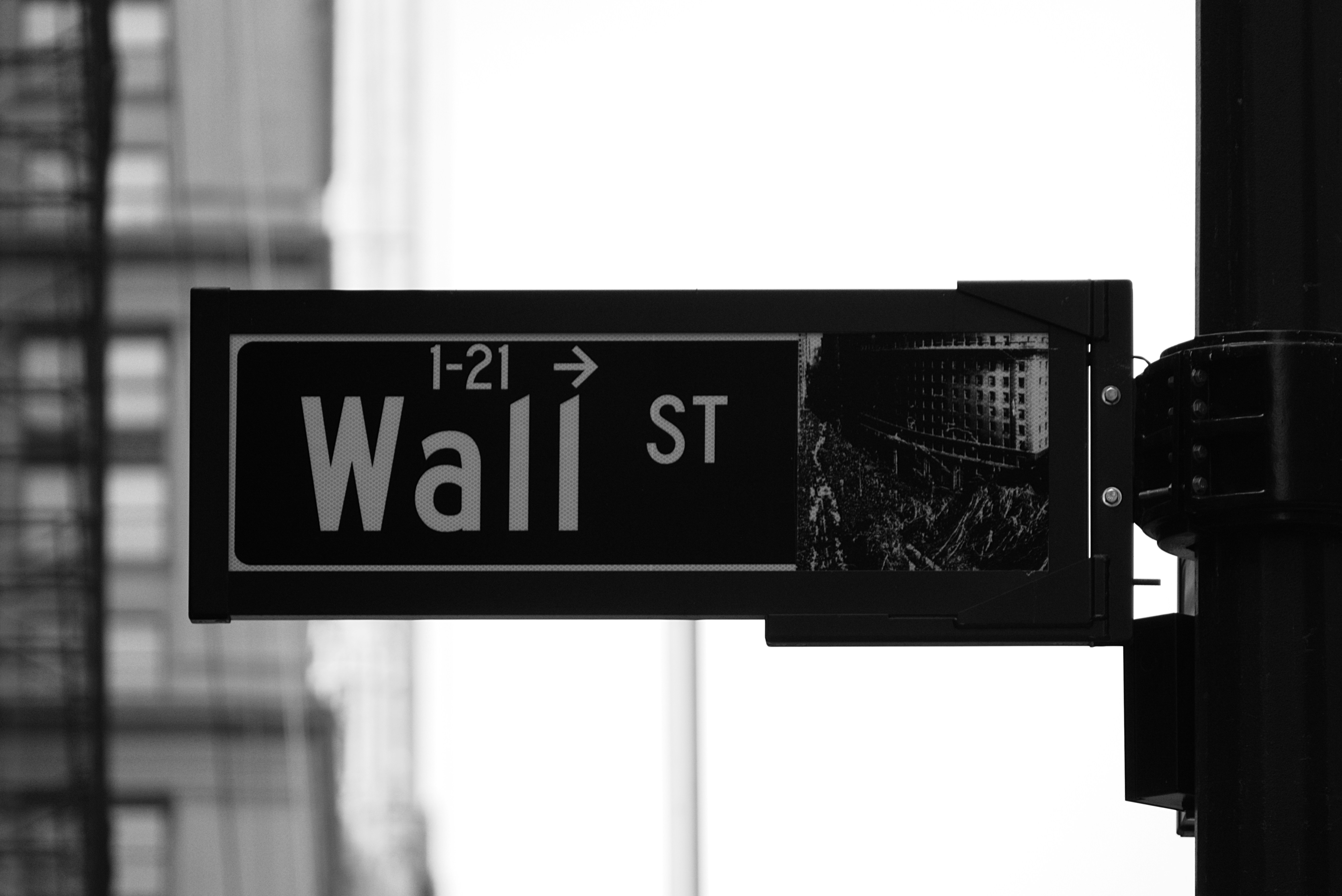Wall Streets Volatility Returns: Traders Brace For Renewed Market Swings

Wall Street is once again experiencing a surge in volatility, leaving traders and investors on edge as they navigate the unpredictable market environment. The recent resurgence in market swings has caught the attention of many who had become accustomed to a relatively stable trading landscape in recent years. This renewed volatility is significant, as it often signals underlying instability and can have far-reaching implications for portfolios, trading strategies, and overall market sentiment.
The Benchmark Indicator
A key indicator of market volatility is the benchmark that tracks investors' fear, such as the CBOE Volatility Index (VIX), often referred to as Wall Street’s “fear gauge.” This index measures the market's expectations of future volatility and is widely used by traders to gauge the level of uncertainty in the market. Historically, the VIX rises during periods of market stress, reflecting the increased demand for options as traders seek to hedge against potential losses.
Currently, the VIX is trading above its long-term averages, a signal that traders are bracing for more market turbulence. This elevated level suggests that investors are increasingly concerned about the near-term outlook and are preparing for the possibility of further market swings. The significance of this benchmark cannot be understated, as it often precedes major market moves, either up or down.
Market Reactions
In response to the increased volatility, traders have begun adjusting their strategies to manage the heightened risk. One of the primary reactions has been a shift in asset allocations. Many traders are moving away from riskier assets, such as high-growth stocks, and toward safer investments like government bonds and gold. This shift reflects a broader desire to preserve capital in an uncertain environment.
Hedging strategies have also become more prevalent, with traders increasingly turning to options and futures to protect their portfolios. By purchasing put options or entering into futures contracts, traders can limit their downside risk while maintaining exposure to potential upside gains. This cautious approach is indicative of the current market sentiment, where fear of significant losses is driving more conservative behavior.
Factors Driving Volatility
Several key factors are contributing to the renewed volatility on Wall Street. Economic concerns are at the forefront, with inflation data and interest rate changes playing a significant role. Rising inflation has raised fears that central banks may need to tighten monetary policy more aggressively, which could slow economic growth and hurt corporate profits. Additionally, mixed signals from economic indicators have added to the uncertainty, making it difficult for traders to predict the market's direction.
Geopolitical events are another major driver of volatility. Ongoing conflicts, trade tensions, and global political instability have heightened the risk of sudden market disruptions. For example, renewed tensions in the Middle East or shifts in trade policy between major economies can quickly lead to sharp market reactions.
Market-specific triggers, such as disappointing corporate earnings reports or sector-specific shocks, have also contributed to the volatility. When large companies miss earnings expectations or when a key sector experiences unexpected difficulties, it can lead to broader market sell-offs as investors reassess their risk exposure.
Conclusion
As Wall Street faces this renewed period of volatility, traders must remain vigilant and adaptable. The potential paths forward are varied—markets could stabilize if economic data improves and geopolitical tensions ease, or they could experience further turbulence if risks materialize. For traders and investors, the current environment requires a careful balance between managing risk and seizing opportunities. The outlook for the coming months remains uncertain, but by staying informed and adjusting strategies as needed, market participants can navigate these challenging times with greater confidence.
Author: Brett Hurll
The Penny Drops: Understanding The Complex World Of Small Stock Machinations
Micro-cap stocks, often overlooked by mainstream investors, have recently garnered significant attention due to rising c... Read more
Current Economic Indicators And Consumer Behavior
Consumer spending is a crucial driver of economic growth, accounting for a significant portion of the US GDP. Recently, ... Read more
Skepticism Surrounds Trump's Dollar Devaluation Proposal
Investors and analysts remain skeptical of former President Trump's dollar devaluation plan, citing tax cuts and tariffs... Read more
Financial Markets In Flux After Biden's Exit From Presidential Race
Re-evaluation of ‘Trump trades’ leads to market volatility and strategic shifts.The unexpected withdrawal of Joe Bid... Read more
British Pound Poised For Continued Gains As Wall Street Banks Increase Bets
The British pound is poised for continued gains, with Wall Street banks increasing their bets on sterling's strength. Th... Read more
China's PBoC Cuts Short-Term Rates To Stimulate Economy
In a move to support economic growth, the People's Bank of China (PBoC) has cut its main short-term policy rate for the ... Read more

